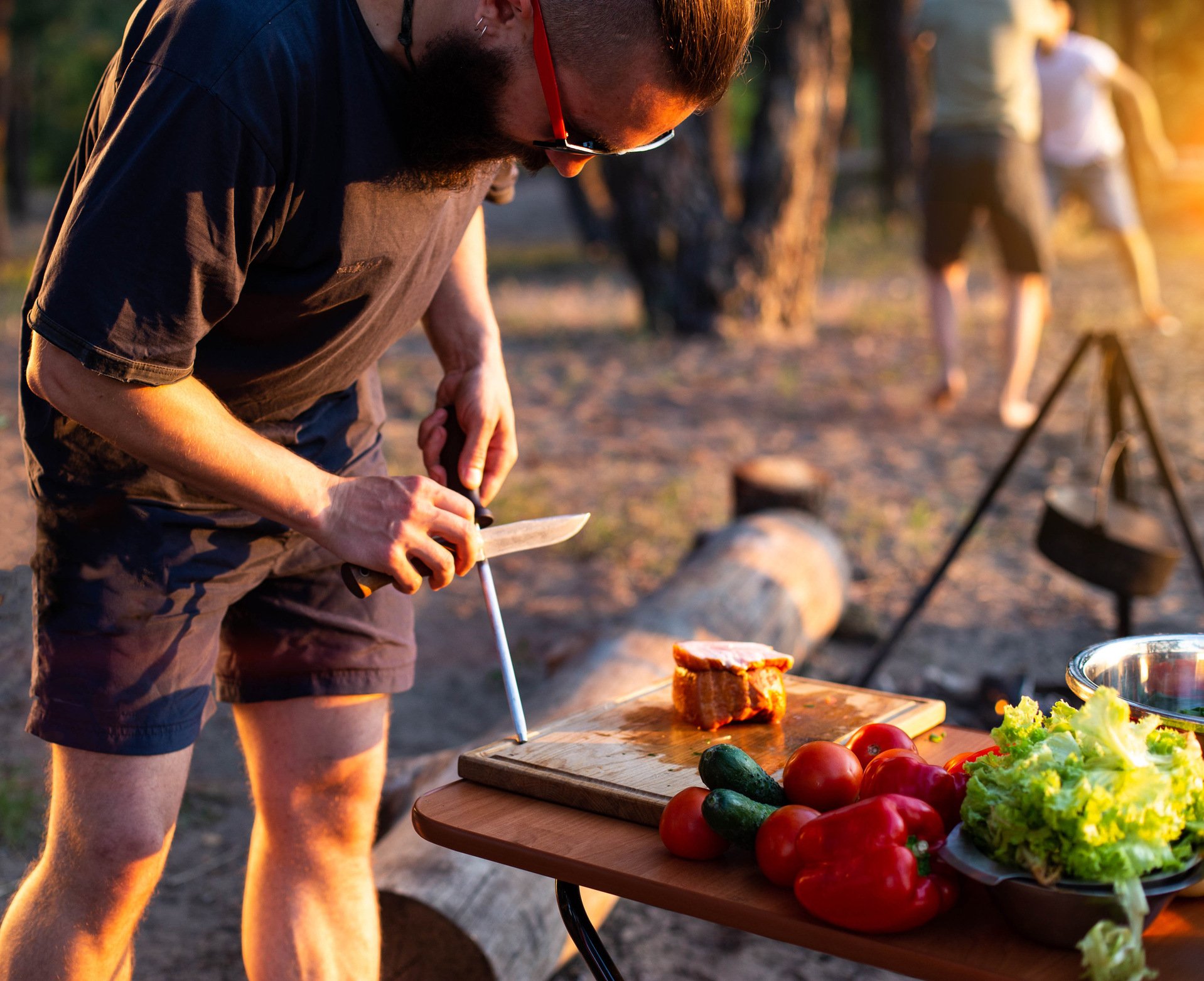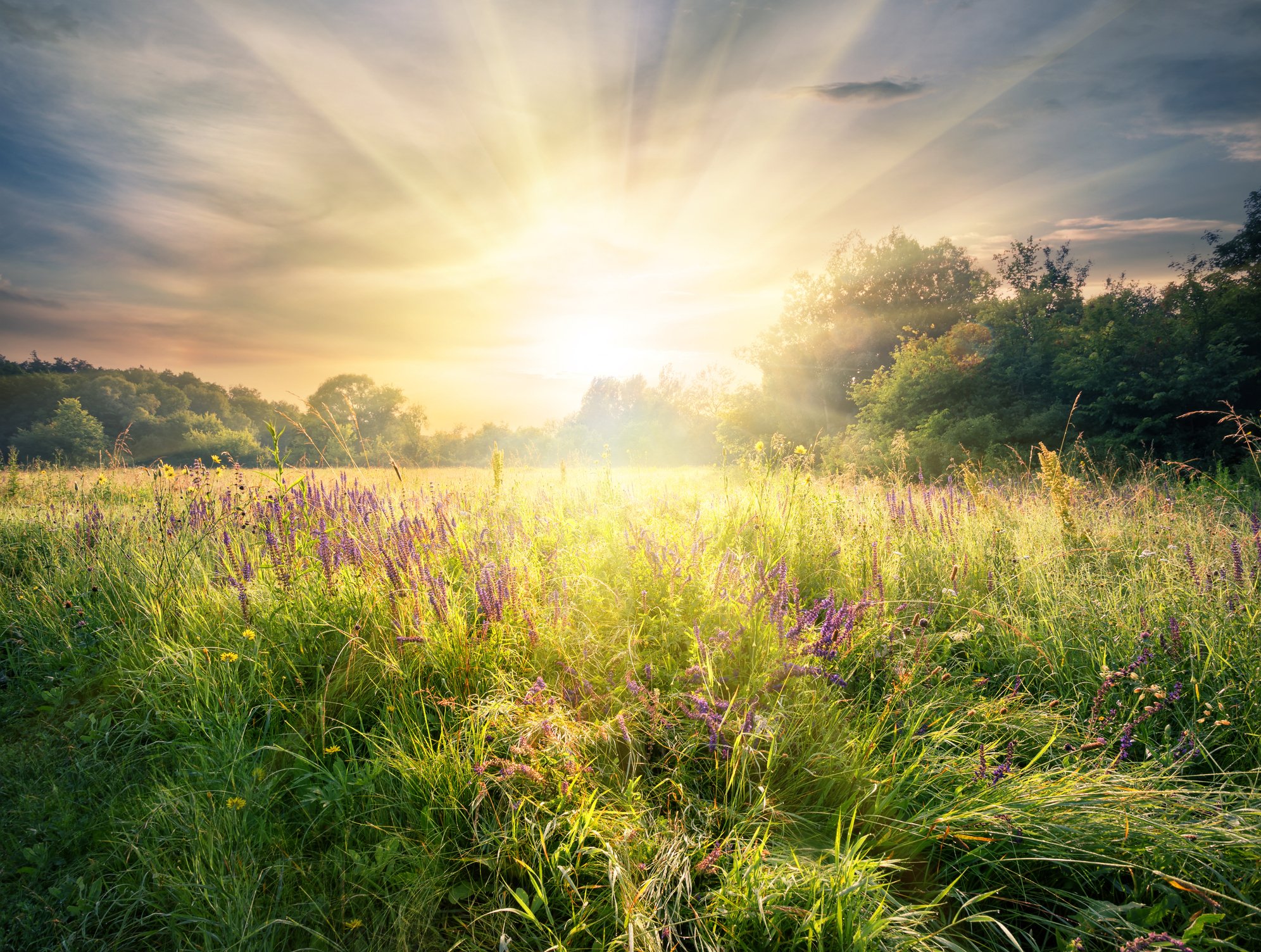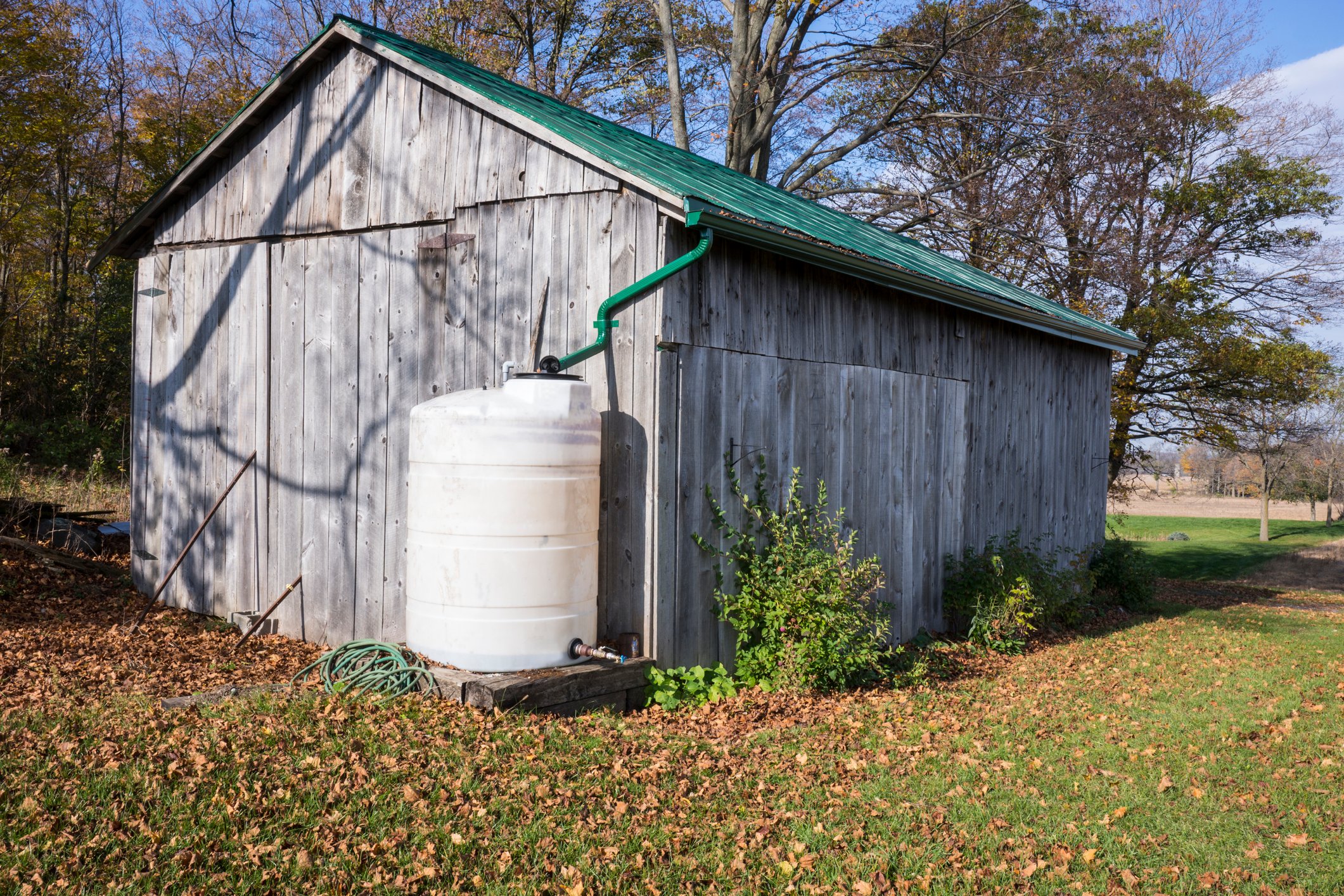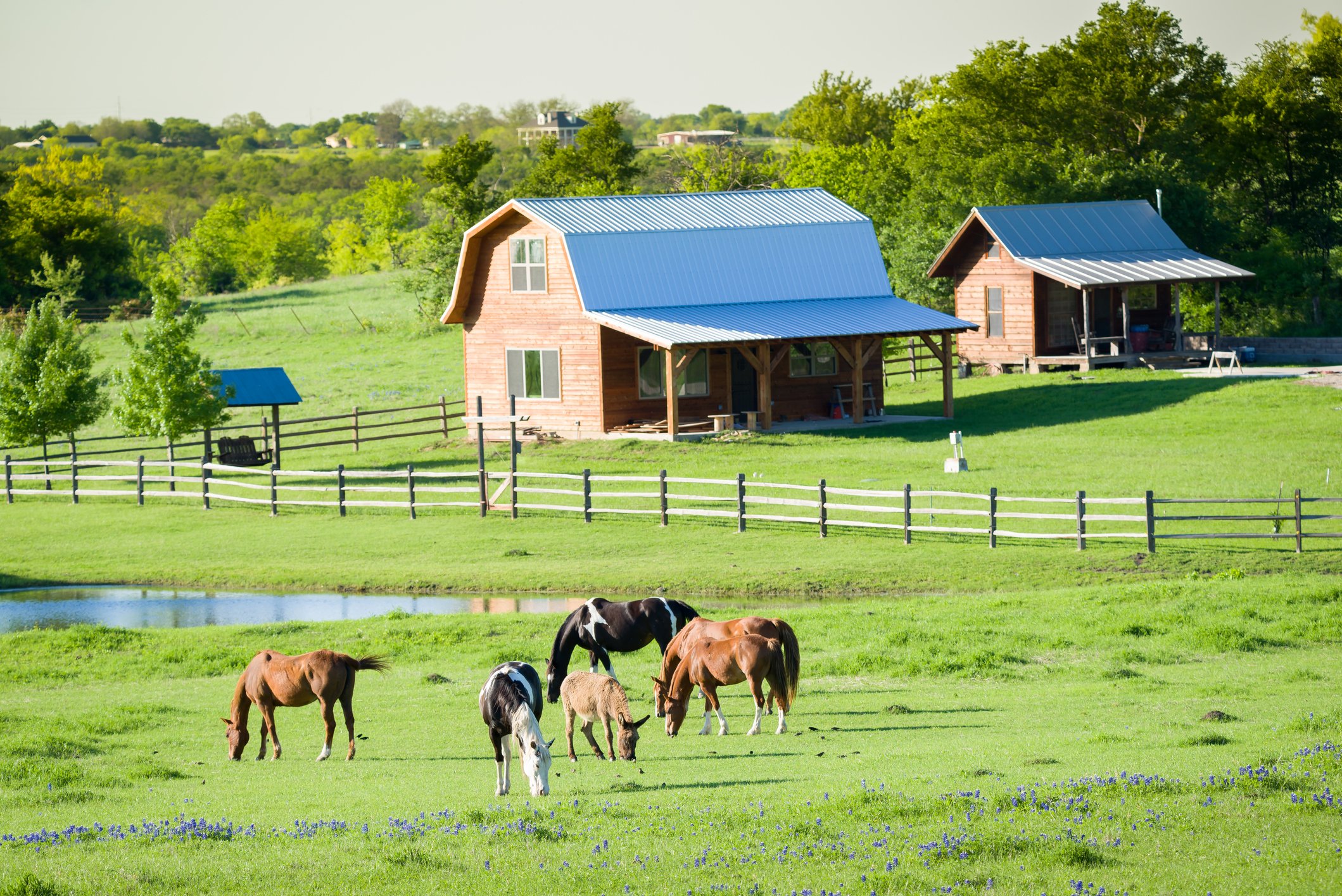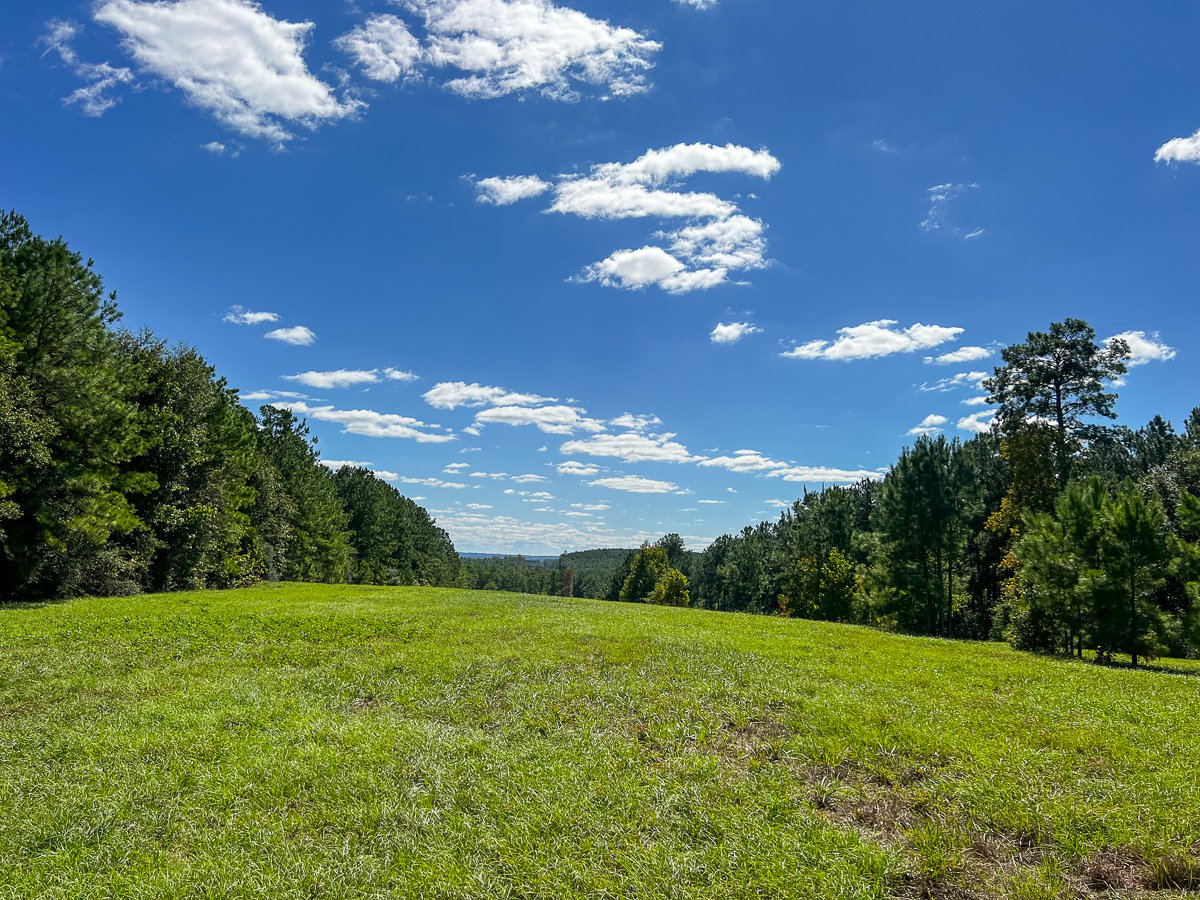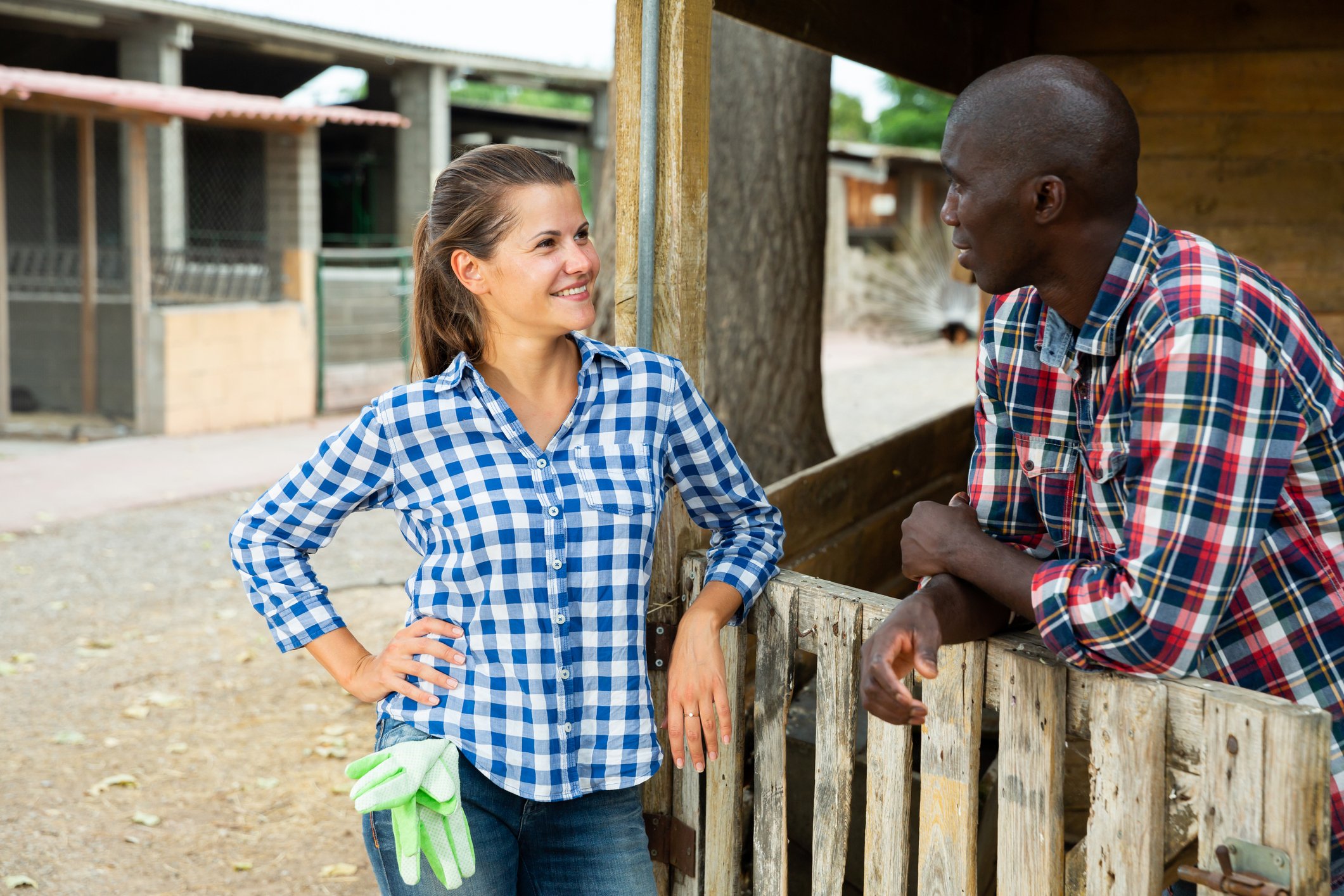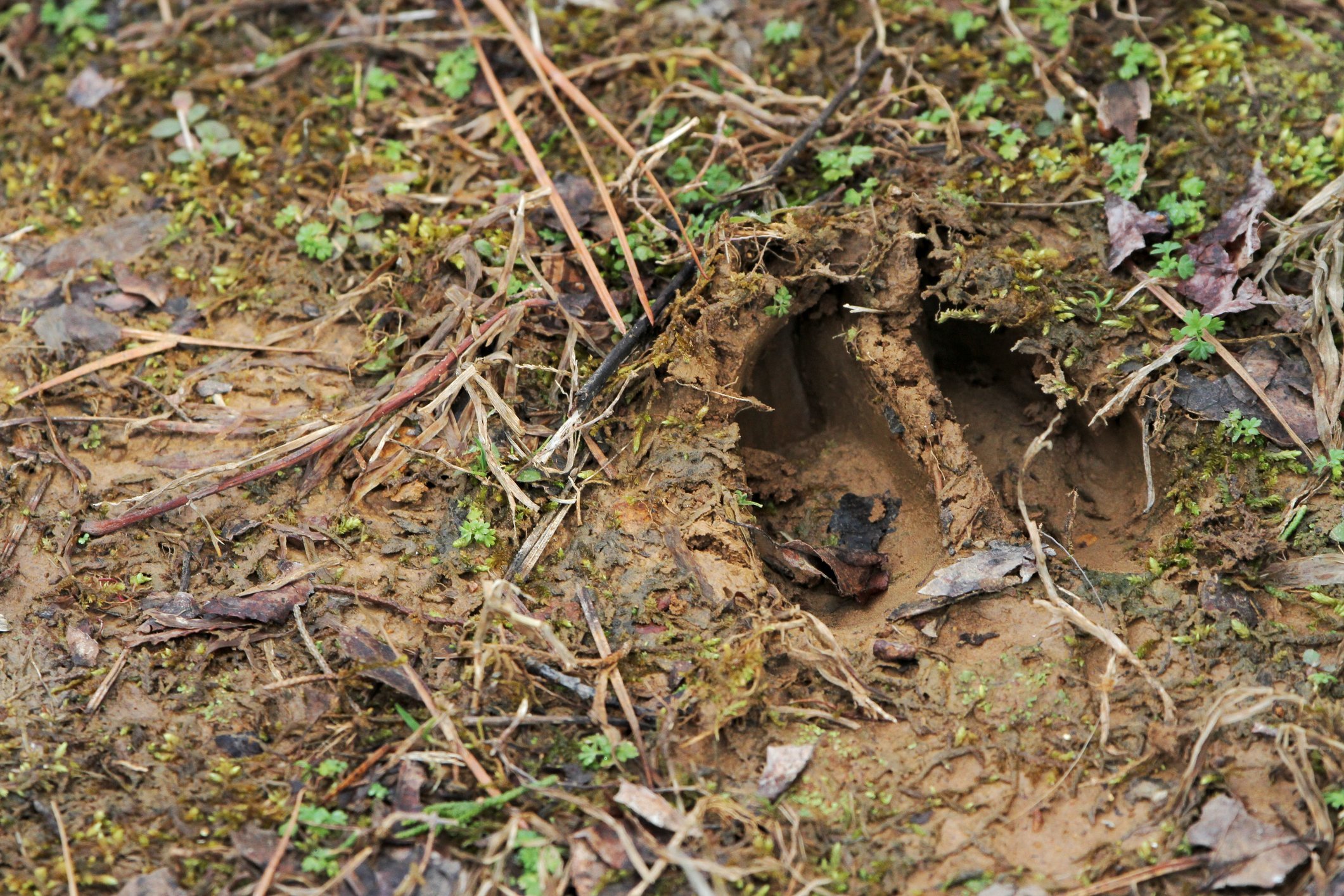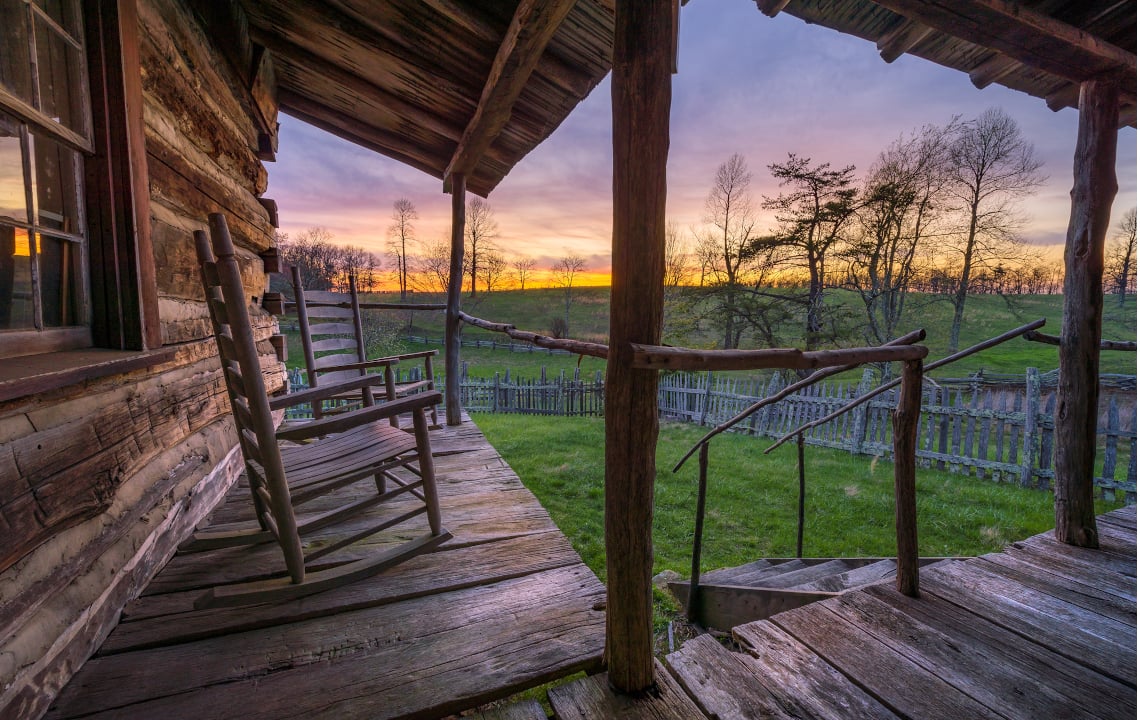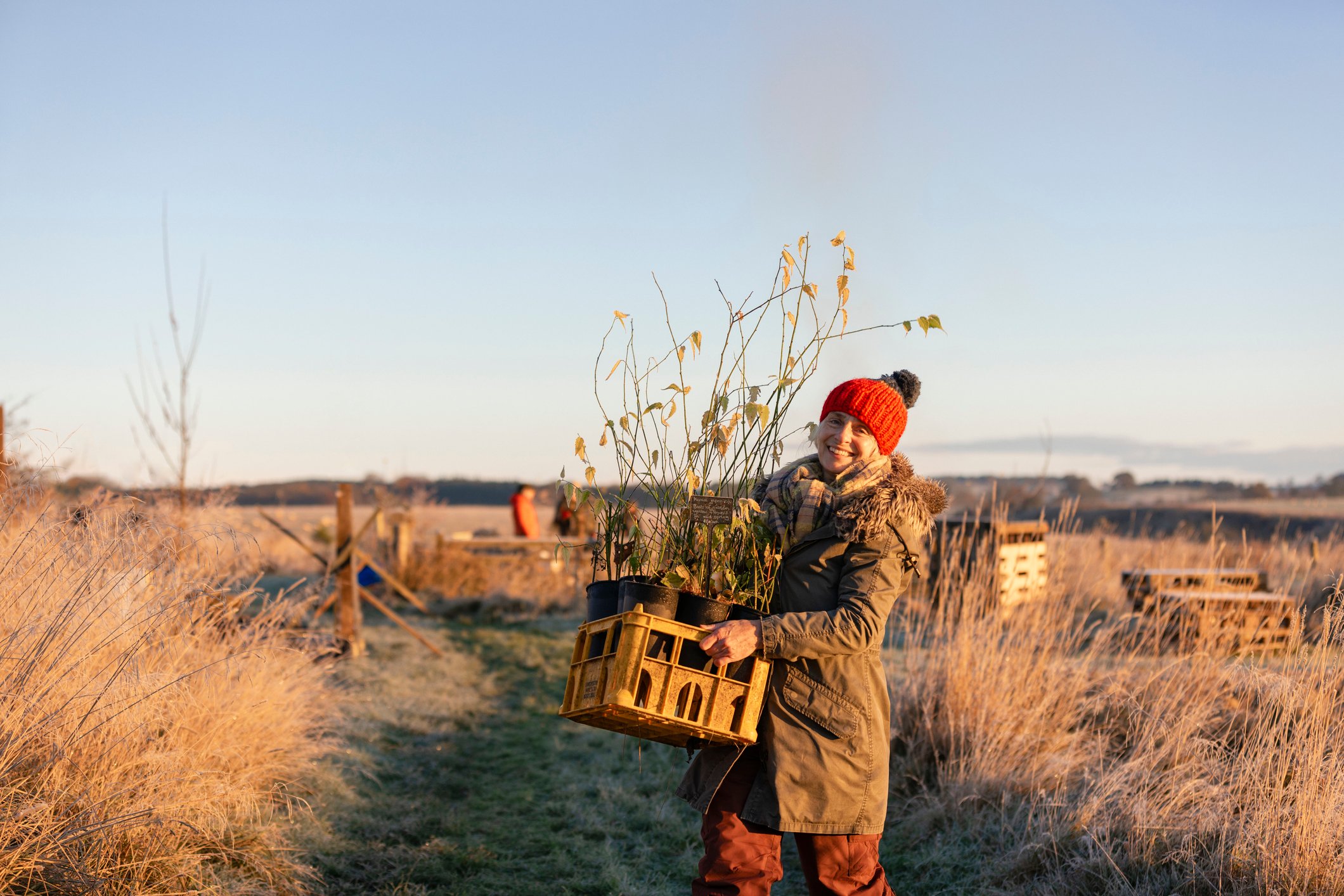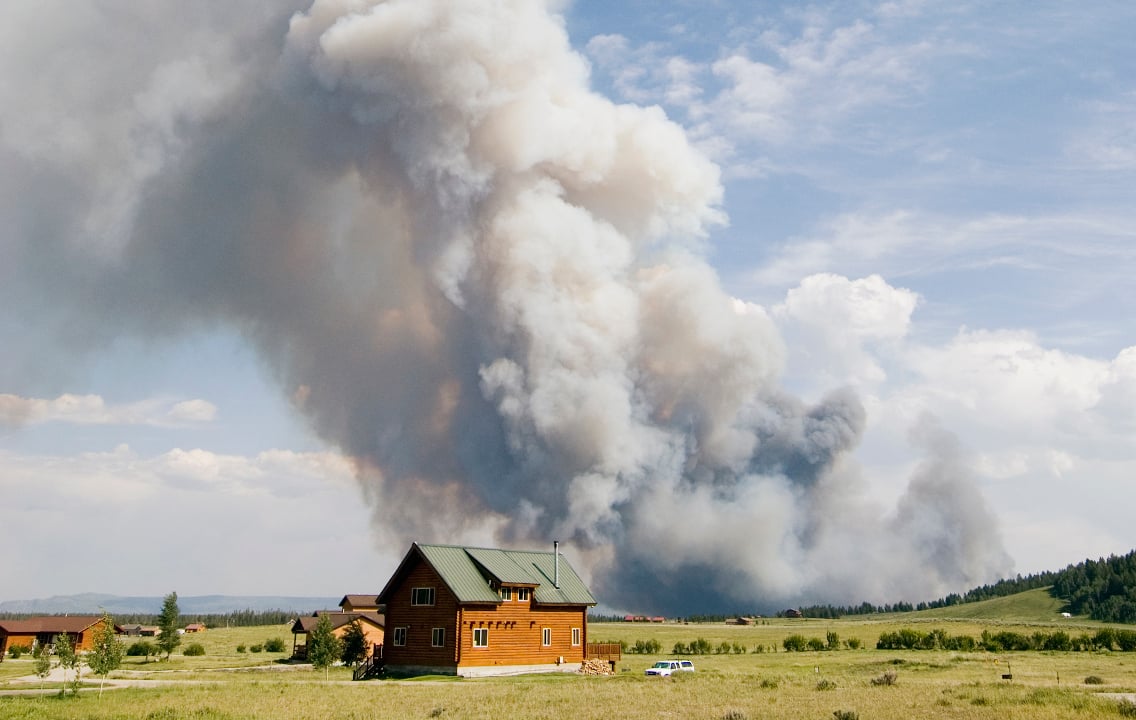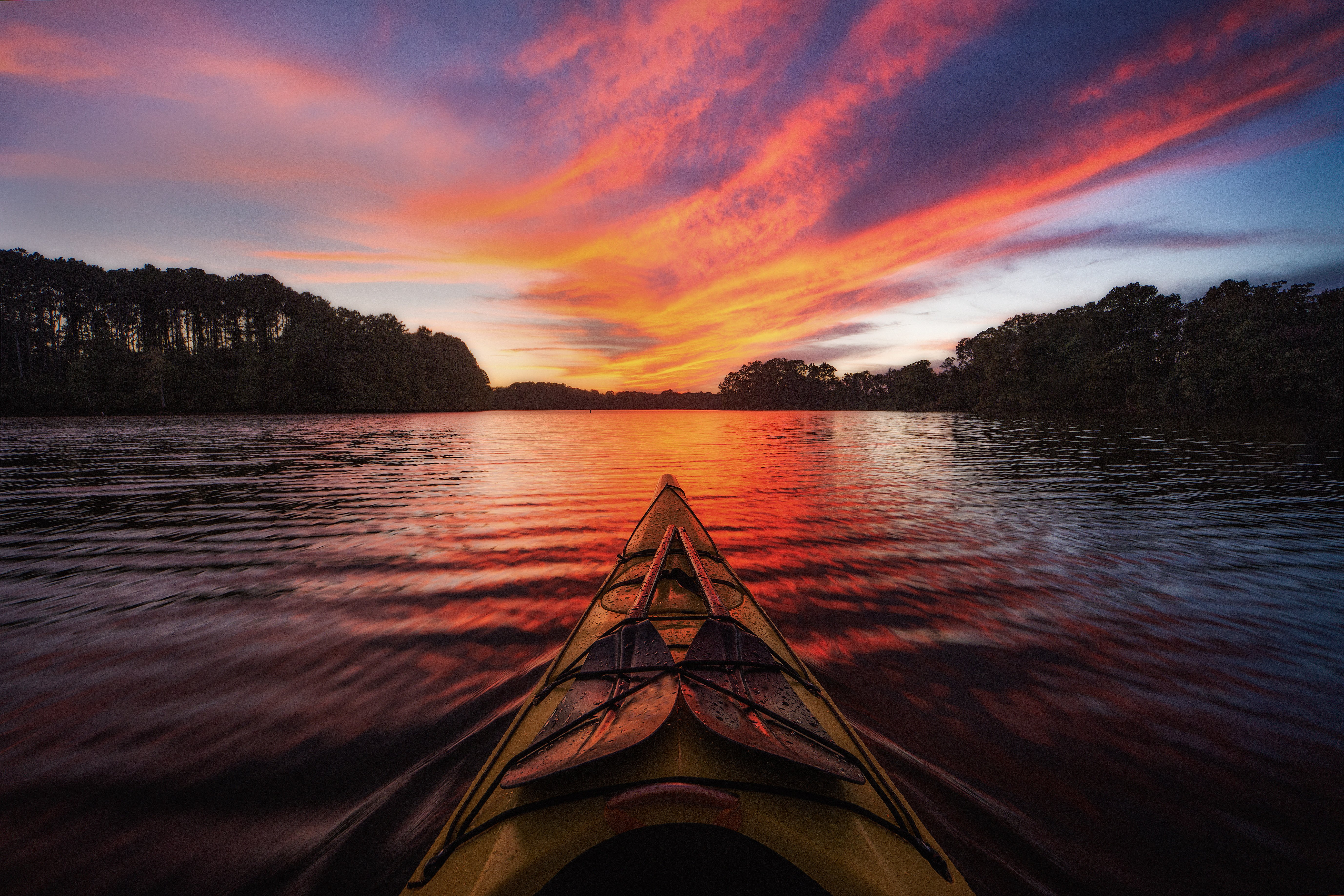The transition from urban life to the rural life give us the opportunity to embrace new skills. Survival expert, L. Woodrow Ross, shares how primitive skills and crafts lend themselves to modern times and the country lifestyle.
Our forefathers learned many skills through necessity. We have a choice today. Our life, in general, is much easier, and we don’t necessarily have to learn some things that they considered essential. Some of these skills include: leatherworking, blacksmithing, woodworking, food preservation, animal husbandry and another group of skills that are more properly related to survival.
Back in the mid 1900’s and earlier, it was common to see small blacksmith shops on many farms. Ploughs were sharpened by heating and hammering a thin edge rather than removing steel by filing. Instead of being discarded, scrap metal was saved and fashioned into hinges and other needed items.
Food preservation was not a choice in those days, but a necessity
Smokehouses where meat was smoked, salt cured and stored were seen on many farms, and vegetables were canned or dried for use in the winter months.
Most families grew a lot of their food, and although fresh food was plentiful in the warm months, some had to be preserved for the lean days of winter. A common practice was to preserve foods by water bath canning in glass jars. Another was to use solar techniques to dry fruits for winter consumption.
Today, we are facing the COVID-19 pandemic which caused an unforeseen rush on grocery stores and online food suppliers, ensuing nationwide feelings of food insecurity.
And while stores have quickly restocked, it’s a perfect example of why preserving and stockpiling of foods is a good practice.
Some items, such as dried beans, rice, pasta and similar items will last for extremely long periods when properly stored. For more information, review some of our previous articles on different methods of preserving food.
Primitive Crafts and Survival Skills for Uncertain Times
On a less disturbing note, learning to practice various primitive and survival skills gives one a sense of self confidence and fulfillment.
There are many skills that make us better prepared to face adversity, and as a side benefit, are enjoyable and interesting pursuits (especially if you happen to find yourself in quarantine or lock-down).
These skills include fire starting with primitive tools such as bow drills (pictured below), flint and steel and solar techniques. Matches and lighters may fail, but these techniques may be practiced with minimal preparation.
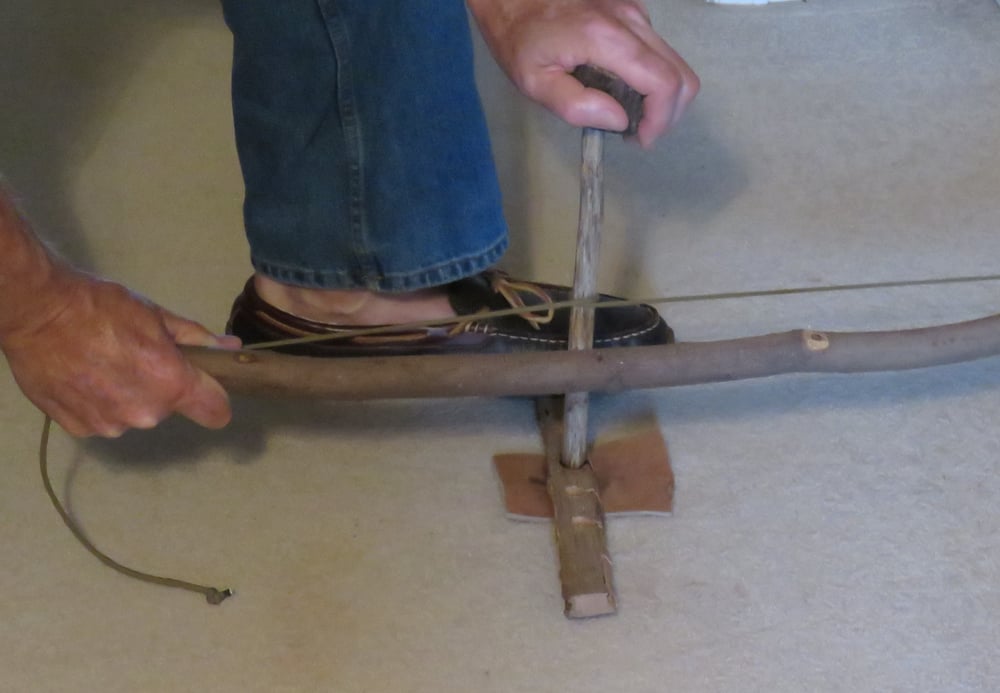 Some additional skills that are useful are:
Some additional skills that are useful are:
- Cordage making from natural fibers
- Basket making
- Water purification
- Constructing primitive archery equipment
- And atlatl construction.
Flint knapping is another skill that is very useful, and can be taken to an artistic level. Pine pitch may be used to make a natural adhesive by heating and adding ash to stabilize it to avoid it being brittle.
Metal working may include knife making, and leatherworking will provide functional sheaths.
Knives may be fashioned from old lawn mower blades (pictured below) or other salvaged metals or from modern steels readily available online at very reasonable prices.
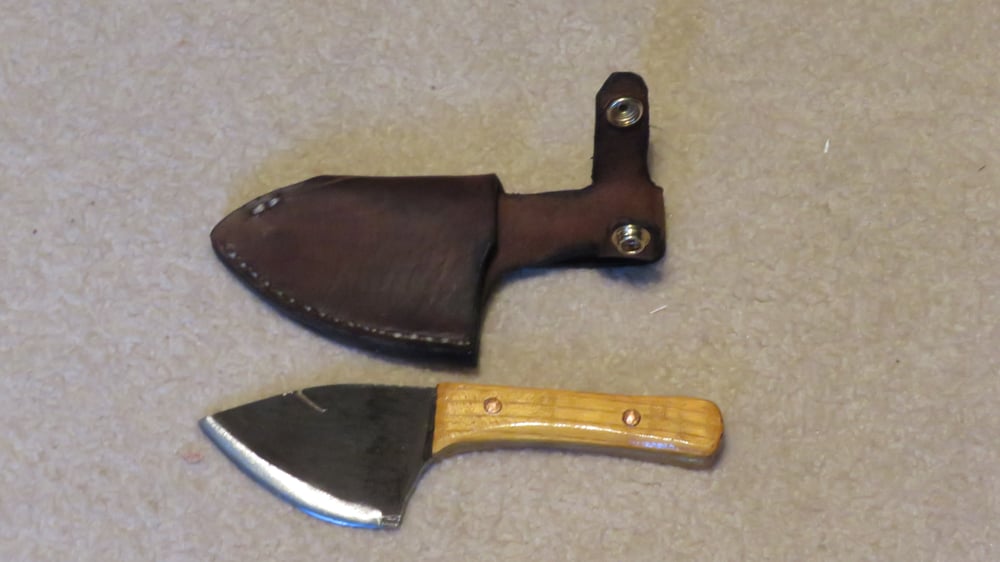 Another fun project is to make a blowgun.
Another fun project is to make a blowgun.
Six to seven feet is a good length. They may be made from bamboo or from conduit. A good diameter would be 3/8” to 1/2”.
The problem with bamboo is that the nodules must be removed and the inside polished to allow the dart to move through the blowgun easily. This may be accomplished by using a smaller diameter, cured bamboo to push out the nodules from an uncured bamboo and using a small diameter rod wrapped with sandpaper to smooth the inside. If you are fortunate enough to have drill bits with extremely long shafts, as I do, you can drill out the nodules.
Another method for bamboo is to split it, remove the nodules and fit it back together and wrap with tape or bond it together with an adhesive.
The seal must be airtight to avoid the loss of compression, which propels the projectile. The dart is propelled by producing an energetic burst of air into the mouthpiece. It involves a swift burst of air, and not a prolonged blowing action.
It is much easier to make a blowgun from conduit of the proper diameter.
Cut it to length and polish the ends to remove sharp edges. Fashion a mouthpiece and curve it to fit snugly against the lips. Drill a hole the same size as the diameter of the conduit and use epoxy or pine pitch adhesive to secure it. Then sand the end until the blowgun tube and the mouthpiece are smoothly fitted together. The conduit can be wrapped with camouflage tape to make it more rustic in appearance.
Darts may be made from bamboo skewers.
The authentic blowgun darts that were used by the Cherokees used thistle down for the fletching on the back end of the darts. I have also made darts from 6” sections cut from coat hangers. Sharpen one end and use cotton ball fiber or fly tying yarn that is used to make egg patterns for fly fishing to make fletching. These are dangerous and not for indiscriminate use by children.
Very good primitive bows may be constructed from a variety of woods.
Osage orange is a favorite and is very durable. Hickory makes a good bow, but is not as fast as Osage. Longbows are easy to make and have minimal hand shock, therefore they are accurate and relatively easy to shoot. 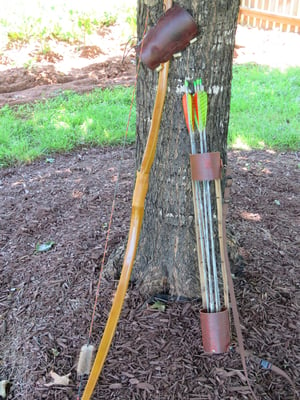
Primitive bows are not long distance weapons, and hunters must use more stalking skill to approach game animals.
Modern compound bows achieve greater distance and accuracy, but are mechanical and cannot be constructed in a primitive environment.
Archery requires practice to acquire the necessary skill for hunting. Repetition builds the muscle memory to make the archer successful, whether target shooting or hunting.
Very functional arrows may be constructed from bamboo, river cane or shoots.
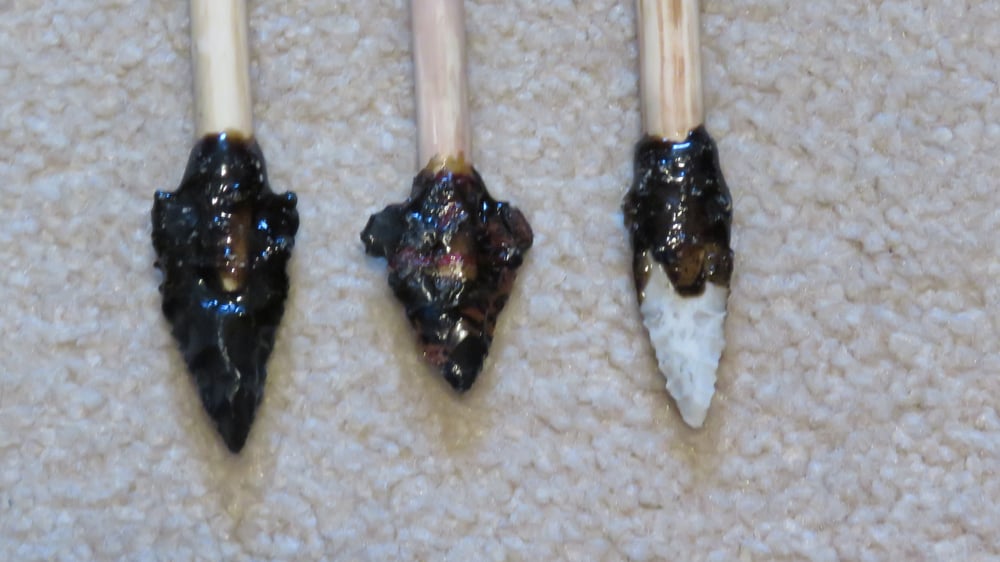 Shoots are often second growth shafts that sprout from a previously harvested tree. Some of the best techniques for bamboo or river cane involve using an approximately 4” foreshaft to attach the arrowhead. Fletching may be commercially purchased or made from wild turkey, goose or similar feathers that may be saved by you or solicited from a friend that hunts.
Shoots are often second growth shafts that sprout from a previously harvested tree. Some of the best techniques for bamboo or river cane involve using an approximately 4” foreshaft to attach the arrowhead. Fletching may be commercially purchased or made from wild turkey, goose or similar feathers that may be saved by you or solicited from a friend that hunts.
Constructing an Atlatl
An atlatl is a primitive weapon that preceded the bow and arrow by an estimated 10,000 years. It is a simple device about 24” to 30” in length with a hook on the end opposite from the grip. A long dart (small spear, but called a dart) is used as the projectile. The rear end of the projectile is hollowed out, or in the case of bamboo it is naturally hollow. The dart may or may not be fletched like an arrow, but for longer, more stable flight, fletching is advisable. The dart may be tipped with a stone or metal tip.
.jpg?width=1000&name=atlatl%20photo%20(2).jpg) Atlatls were formerly used by aborigines and other primitive hunters to take big game. The hook is inserted into the hollow of the dart and it is held parallel to the atlatl. It is thrown with an overhand motion and has much greater penetration than an arrow due to the heavier projectile.
Atlatls were formerly used by aborigines and other primitive hunters to take big game. The hook is inserted into the hollow of the dart and it is held parallel to the atlatl. It is thrown with an overhand motion and has much greater penetration than an arrow due to the heavier projectile.
Essential Primitive Skills for Camping and Outdoor Adventure
For those interested in camping and outdoor adventure, it is wise to learn as many primitive and survival skills as possible. Not only is it fun, it may save your life.
One easy tip to remember is the Rule of Threes.
A human can survive for 3 minutes without air, 3 hours without shelter in harsh weather, 3 days without water and 3 weeks without food. These are typical and may vary based on the individual’s condition, climatic conditions, etc.
How to Purify Water
The easiest way to purify water is to boil it for at least 1 minute at a rolling boil. For safety, boil 2 or 3 minutes to be sure. There are tablets that will purify water and a few drops of bleach will kill harmful bacteria, but some medical conditions do not allow the use of the tablets, and the bleach must be allowed to sit for a period of time for the foul taste to dissipate.
In the absence of purified water, it is better to drink and risk sickness than to become dehydrated.
Navigating Without GPS
Learn to navigate by the sun and don’t travel at night if you are lost. This is a recipe for disaster. Using a compass is superior to a GPS, which is dependent on batteries, but it requires more skill.
If you become lost, STOP. Stop, Think, Observe and Plan. It is much easier for others to find you if you do not travel erratically, but merely stop and wait for help.
The Most Important Survival Lesson of All
The most useful tool in our kit is being prepared and not panicking — something we can all appreciate more these days.
The mind is our most important asset.
Being prepared is the key to survival.


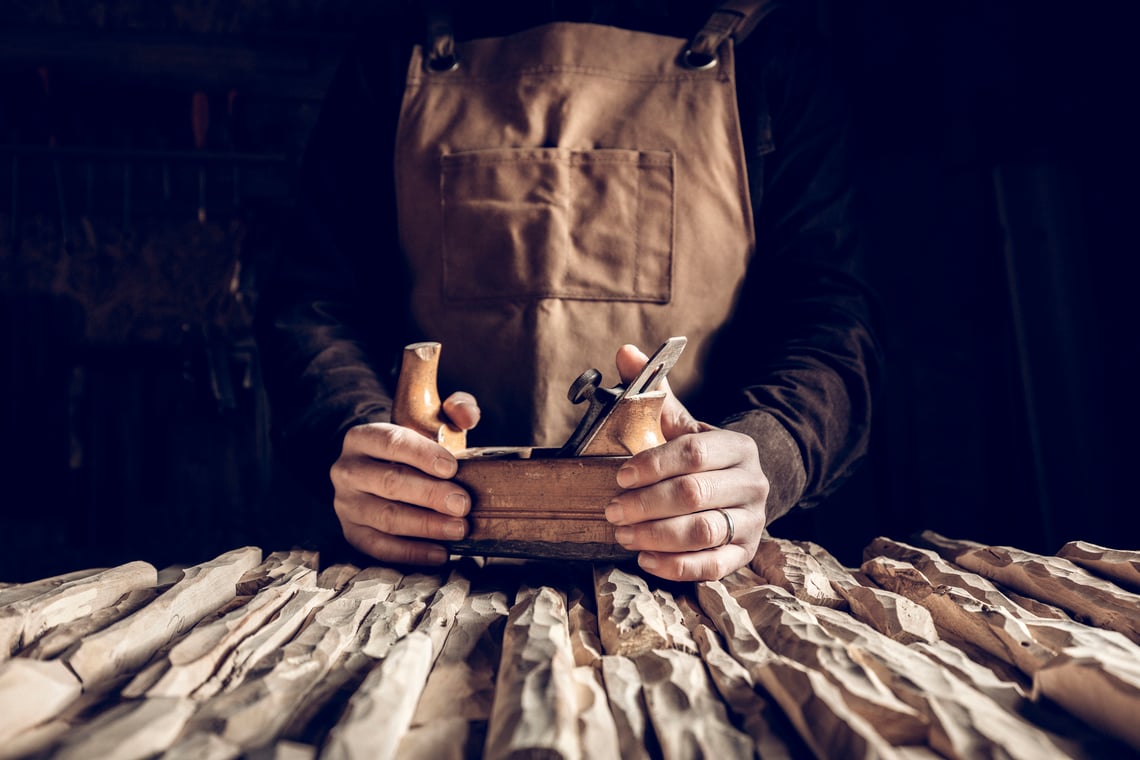

.jpg)









